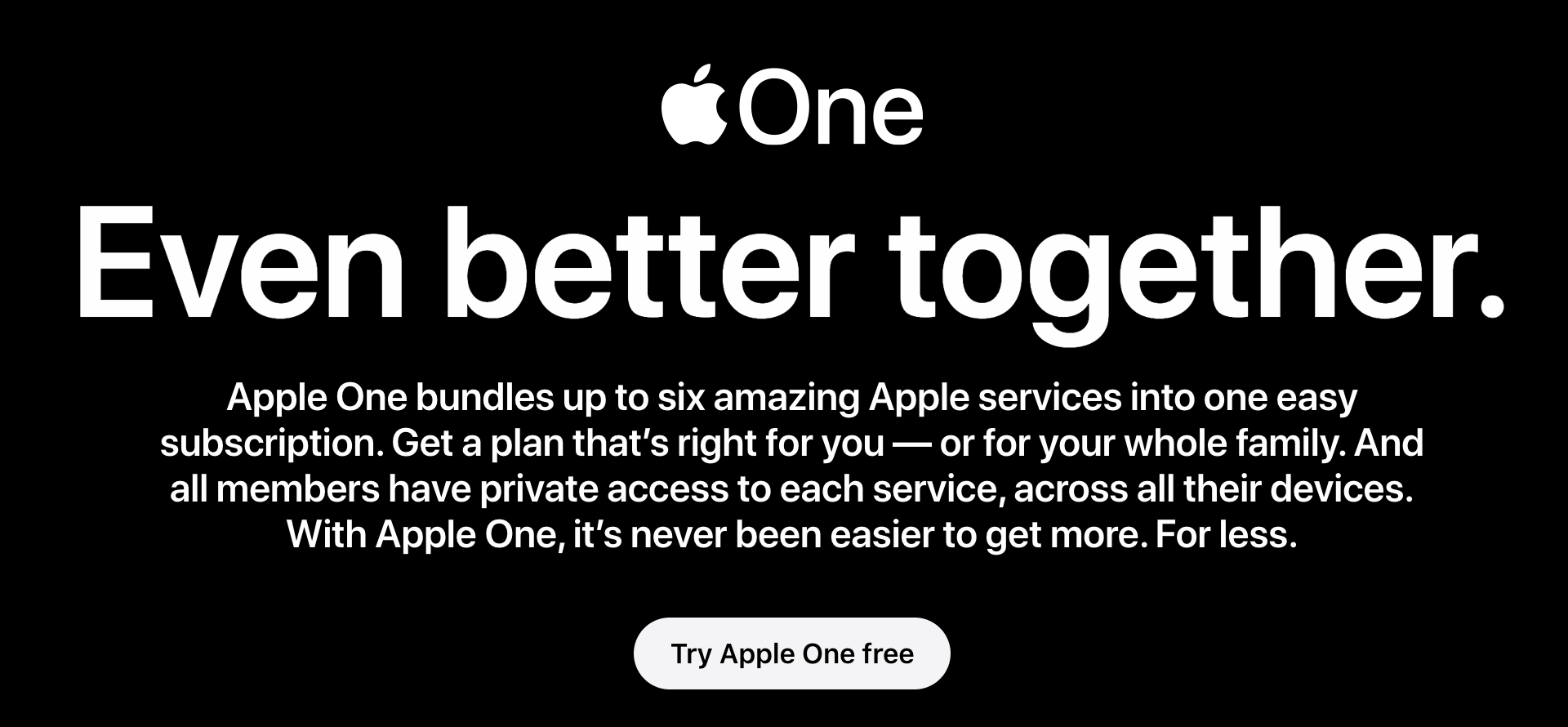SUBSCRIPTION POV #5
By Morten Suhr Hansen
On September 7th of 2020, Apple launched a series of different product novelties, and yet again, it was the tech giant’s move to the subscription field that pulled the most headlines. Over recent years, Apple has increased its focus on creating successful subscription services as a supplement to the company’s strong position on physical products.
All the way back in 2015, Apple Music launched as a competitor to Spotify. In June 2019, Apple announced that the music streaming service had reached 60 million subscribers (a number that has now grown to 75 million, according to independent sources). The same year, 2019, Apple also launched a series of new subscription services like the streaming service Apple TV+, the gaming service Apple Arcade and the news service Apple News+.
This year, Apple One launched, as the newest sprout from Apples subscription services.
The bundled experience of Apple
In short, Apple One is an entirely new subscription package, also known as a “bundle”, offering all of Apple’s services in a single subscription. You can buy access to Apple One, containing Apple Music, Apple TV+, Apple Arcade and iCloud for $14.95/month or you can purchase a family subscription for up to 5 members for $19.95/month. This means that, as an Apple One subscriber, you can save around 30% by collecting your Apple subscriptions under one roof.

In the US, Apple also offers Apple One Premier that, in addition to the above-mentioned services, also includes the news service Apple News+ and Apple Fitness+, a completely new fitness service, launched in 2020.
Apple One seeks to increase the reach of the individual services in the bundle
It’s not hard to see the motive from Apple, for launching Apple One. By “bundling” popular services like Apple Music and Apple TV+, Apple secures a broader and faster growth of the less popular or entirely new services. At the same time, we know from other subscription packages that if you “bundle”, you are creating a subscription offer that is harder for the subscriber to say goodbye to. This way, the Customer Lifetime Value (CLV) is increased.
The exact same strategy was chosen by Amazon, when launching Amazon Prime that, in the same way, combines free shipping when shopping at Amazon, with services like Amazon Prime Video, Amazon Gaming, Amazon Music, and Amazon Reading.
Apple and Amazon are obviously in a unique position with the possibility to collect a series of different subscriptions in one, single package. Granted, it takes a considerable size to have so many strong subscription services inside one company. But subscription packages are also an opportunity for partnerships between companies and brands.
In Denmark, where we operate, Telmore Play has seen a lot of success with offering a range of content services in combination with a telephone subscription. For a collected price, subscribers receive access to phone services as well as a range of strong services like Netflix, Viaplay, HBO, and TV2 PLAY, in addition to Telmore’s own music service and the audiobook service Bookmate.
The question is if we will see more of these bundles in the future? My guess is yes because we are moving into a world with more and more subscriptions. A recent survey showed that Danes are now able to choose from 43 different television and movie streaming services. The supply and competition are now huge. If you are Netflix or HBO, you are sure to survive this competition, but for companies that rank low on the consumer attention list, alliances and partnerships are the way to go.
Television- and movie streaming is also not the only industry experiencing a turn. Across almost every industry, the number of subscription possibilities is increasing, and with it, so is the competition for consumer attention.
At the same time, we as consumers need to get used to having more and more subscriptions, and this way, we will be easily persuaded to buy a subscription package – to save money and to reduce complexity.
’Bundles’ are a strong opportunity – but includes a number of challenges
This might urge you to conclude that, as a subscription company, it’s all about finding other subscriptions that you can “bundle”, in order to create a strong subscription package for the consumer. Unfortunately, it’s not that simple.
First of all, our experience shows that consumers don’t buy into just any package. The package needs to make sense for the consumer and the products being “bundled”, need to make sense and be relevant to the consumer.
You can’t just pack a fitness subscription with a newspaper subscription and a subscription to razors. Telmore Play makes sense because all services are used on a mobile phone and consume the mobile data offered in the subscription. Apple One makes sense because the services work on Apple’s products. So it’s about creating “bundles” where all services have a relatively high affinity in segments.
Second, the customer and billing relationship can only be placed at one spot. Naturally, this is not a problem for Apple and Amazon, which owns all of the services in the package, but in a package with different brands, a discussion of who owns the customer is inevitable.
Finally, there is the question of economics. If the customer gets a collected discount for the package, who is paying for this discount?
So, the way to new, strong subscription packages can be tricky and there is a number of challenges that need solving. Nonetheless, I believe that this is a road that more and more companies will go down. Large subscription companies will create more “bundles” and small subscription companies will be looking for strong partnerships and alliances. Ultimately, the winners might end up being the consumers, if the packages are logical and offer enough value.


